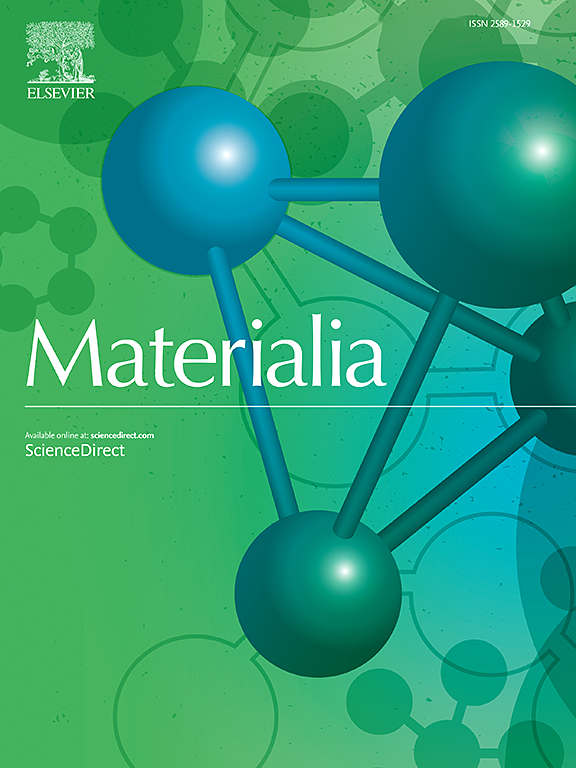The effect of silicon and boron doping on the microstructure of arc melted boron carbide
IF 3
Q2 MATERIALS SCIENCE, MULTIDISCIPLINARY
引用次数: 0
Abstract
In this study, B4C, boron-doped boron carbide, and Si/B co-doped boron carbide (1.5 at.% and 2.5 at.% made with Si and SiB6) were arc melted. Melted ingots were characterized by X-Ray diffraction (XRD), field emission scanning electron microscopy (FE-SEM) with energy-dispersive X-ray spectroscopy (EDS), Raman spectroscopy, and Vickers hardness. According to the results, doping of boron carbide with both silicon and boron was successfully achieved by arc melting. When Si/B doped boron carbide samples were examined, the same boron carbide, silicon boron, and silicon phases were found regardless of the silicon source. It was observed that dissolving silicon in boron carbide was more difficult than dissolving boron in boron carbide, and therefore, diffusion of silicon is believed to be rather short distance. It was determined that Si/B co-doped samples had higher hardness values than undoped B4C and boron doped B6.5C. Moreover, since very high temperatures are reached in the arc melting method, it has been determined that the oxides present in the starting powders evaporate during the melting process and therefore the oxygen content of the final melt ingots is very low.

求助全文
约1分钟内获得全文
求助全文
来源期刊

Materialia
MATERIALS SCIENCE, MULTIDISCIPLINARY-
CiteScore
6.40
自引率
2.90%
发文量
345
审稿时长
36 days
期刊介绍:
Materialia is a multidisciplinary journal of materials science and engineering that publishes original peer-reviewed research articles. Articles in Materialia advance the understanding of the relationship between processing, structure, property, and function of materials.
Materialia publishes full-length research articles, review articles, and letters (short communications). In addition to receiving direct submissions, Materialia also accepts transfers from Acta Materialia, Inc. partner journals. Materialia offers authors the choice to publish on an open access model (with author fee), or on a subscription model (with no author fee).
 求助内容:
求助内容: 应助结果提醒方式:
应助结果提醒方式:


